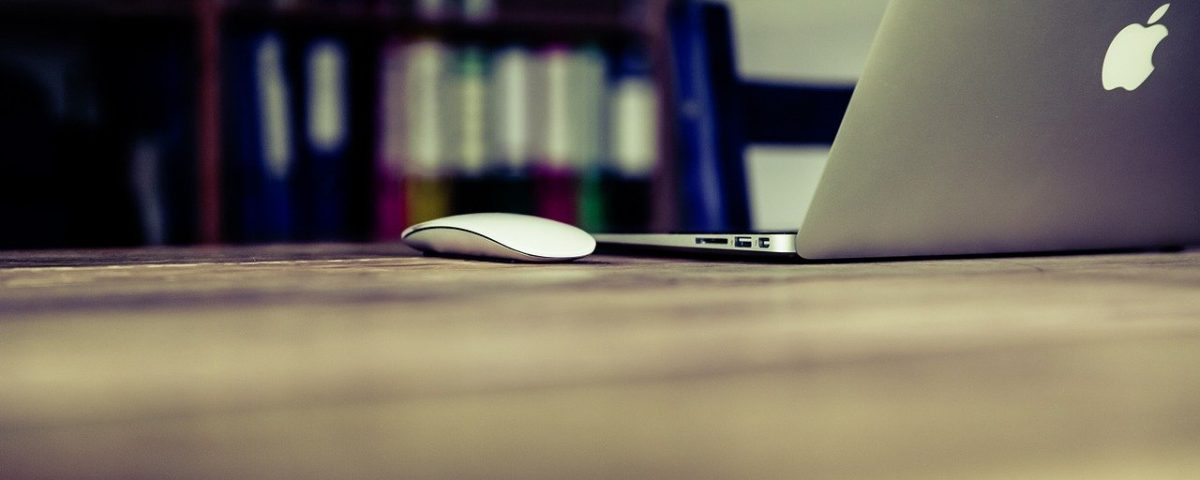- Have any questions?
- 888-432-8878
- steve@sebackground.com
Hospitals Face Staffing Shortages, Reduced Budgets in Coronavirus Pandemic
April 7, 2020Former Employee Wasn’t ‘Retired’ Under Company Policy
April 7, 2020The advent of the email as the official way to communicate in the 90s changed the way the world exchanged work-related correspondence.
Emails have taken over a significant part of the way we conduct business in the real world. They are a useful way to track every official communication and do not get lost or take up space. And can be accessed from anywhere.
There are various studies out there that have tracked the amount of times workers and office goers spend on emails. An IDC study says that people spend, on average, 28 per cent of their workweek dealing with their inbox. Employees spend an average of 4.1 hours a day checking work emails, according to a Washington Post study. That means nearly 50,000 hours spent logged in to the email in an average career spanning 30 years.
There are many career experts and HR professionals who rue the fact that despite spending a great part of their lives writing and receiving emails, many people still lack a clear perspective on how to write an email.
Here are a few directions and tips to get your email correspondence right.
Have a professional email id. Especially for any official work using an email id that reads Marybabygirl@ or pushupJohn@ is highly inappropriate. Even if you are not with an organization and flying solo or freelancing, keep it simple and official-sounding. Include your name in the id address as the receiver can instantly identify the sender.
Subject line: How many times in your hurry to send a message the email prompts you with should it send it without a subject line? It is a good reminder. Never send an email without a subject line. And here, we add an addendum: a relevant proper subject line. For example, if you have a breakfast meeting in the morning and want to send a reminder, then the subject line should read: Apropos Breakfast meet; as sheduled.
Or if it is canceled then, Breakfast meet canceled. A subject line is a good way to grab attention immediately in a sea of messages that flood the inbox.
Sign off
When you sign off, do not just say sincerely and your name. It should include your address and phone number too. Gmail now allows you to customize such signature blocks, and you do not need to type it out every time.
Form of address and tone
Do not start the email by addressing the person informally. Hey, and hey, there are not good forms. Increasingly, Hi is becoming acceptable, but if you have a contact name, then add that. But the best way is to write, Dear sir/Madam or Dear Mr Stoner or Ms Stoner.
The tone of the letter should be professional and avoid colloquial usage. Gonna, wanna, drop in etc. should be avoided. Avoid using exclamation marks, emojis, and humor. All these have no place in official communication.
You can adopt a friendlier tone in your communications with a person with whom you have been exchanging mails for a while.
Cultural connotations
It is good to be professional and to the point, but if you are addressing someone from the eastern culture, try to give a little bit of more information about yourself. When in doubt, keep it short and sweet and to the point.
Reply all
Be very aware of pressing that button. There may be people listed there who need not be included in the conversation. Also, nobody wants to receive emails that have no relevance to their work.
Proofread
Lastly, always proofread your email before sending it. In this day and age of short messages and short forms for everything, do not use the same phonetic spellings, etc. in an email message.
Check your grammar and spelling. Read the letter aloud and do not depend on autocorrect and spell-check. There are legions of instances and examples where deserve has been changes to dessert, inconvenience to incontinence, insulate to insult, and more
A well-written message in these days of the short form is welcome.
The post Email Etiquette at the Workplace appeared first on The HR Digest.
Source: New feed





